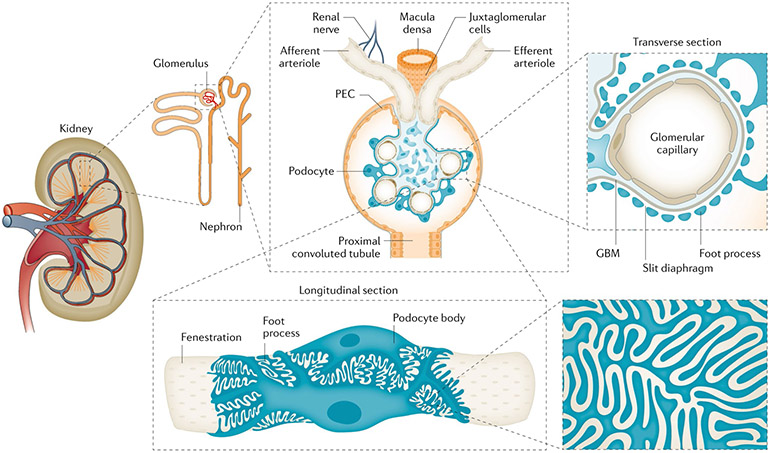Fig. 2 ∣. Structure of the nephron, the glomerulus and the filtration barrier.
The kidney is comprised of functional units, nephrons, each of which is made of a glomerulus and a tubule. In healthy humans, the average number of nephrons is ~1 million (range 250,000 to <2.5 million). The glomerulus is composed of a tuft of capillaries covered by visceral epithelial cells — the podocytes — and surrounded by a capsule lined on the inner surface by parietal epithelial cells (PECs). The latter cell population contains podocyte progenitors, which are motile and progressively differentiate into podocytes in the region near the vascular pole of the glomerulus. The vascular pole of the glomerulus includes both the afferent and efferent arterioles (transverse section). The outermost layer is composed of podocytes adhering to the glomerular basement membrane (GBM) and interdigitating (longitudinal section), with the slit diaphragm spanning each gap between pairs of foot processes. The innermost layer is constituted by fenestrated endothelial cells.

